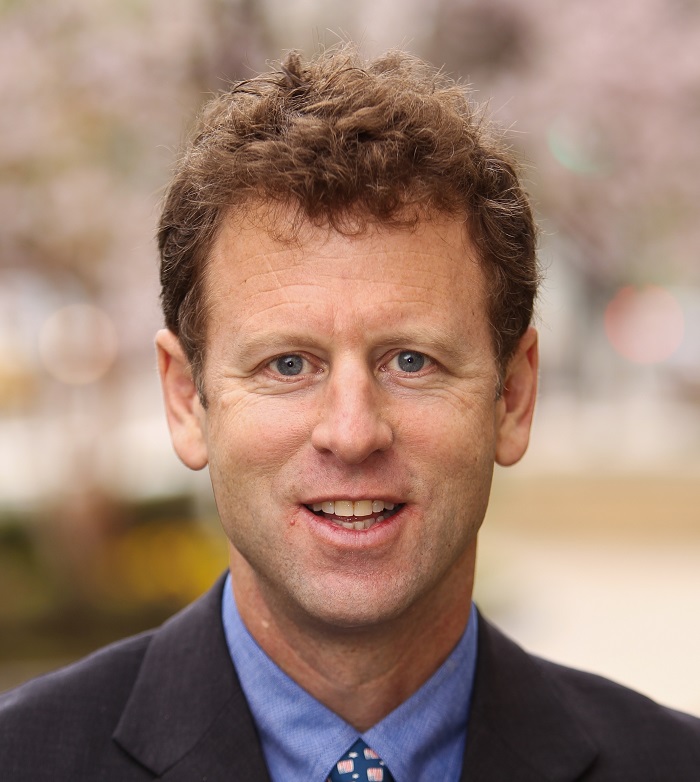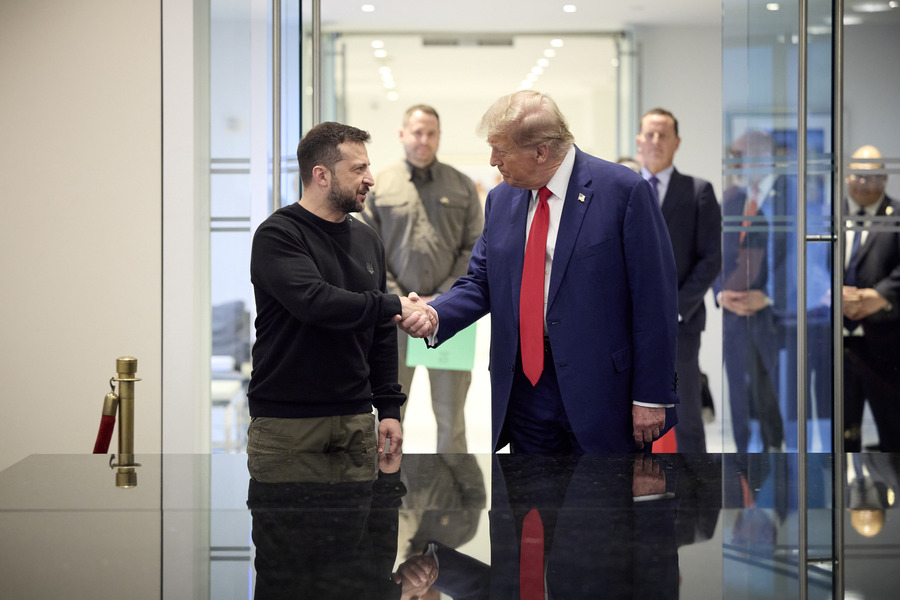How to Work with the Kurds (and Turkey) in Syria
Editor's Note: This piece originally appeared on Order from Chaos.
Published by The Lawfare Institute
in Cooperation With

Editor's Note: This piece originally appeared on Order from Chaos.
American policy towards Syria is stuck in a conundrum. President Donald Trump’s request that the Pentagon deliver him options for accelerating the campaign against ISIS has probably already generated some good tactical initiatives. But Trump’s understandable reluctance to have U.S. forces lead the fight on the ground leaves us dependent on local proxies. Unfortunately, moderate Syrian-Arab allies are too weak to handle the primary responsibility for the liberation of Raqqa and other cities now held by ISIS. Syrian Kurdish forces are quite capable, but President Erdoğan of Turkey fears they are in cahoots with Kurdistan Workers’ Party (PKK) separatists and terrorists inside of his own country, and adamantly objects to any plan to arm them further. Were Washington to ignore his advice, he could deny us access to the Incirlik airfield or even use his own modest-sized military forces within Syria to attack the very Kurdish forces we see as allies. What to do when your respective allies hate each other?
The United States and other coalition partners need to find a way to work with Kurdish forces inside Syria while mitigating Turkish objections to the plan.
Part of the solution, as recently recommended by Fred and Kimberly Kagan of AEI and the Institute for the Study of War, is undoubtedly a renewed effort to work with the Sunni Arab tribes of eastern Syria to build a stronger opposition force. However, that will take time in a best case. As such, the Kurdish option seems unavoidable at some level. The United States and other coalition partners need to find a way to work with Kurdish forces inside Syria while mitigating Turkish objections to the plan.
There are at least five logical steps we can take to address Ankara’s concerns, some of which are legitimate. They involve a combination of specific military actions on the ground together with political and economic levers. Taking this approach requires that we provide a vision for where the Syria mission is headed even after the defeat of ISIS. By articulating that vision now, we can create incentives for good Kurdish behavior, and leverage to promote such behavior. The essence of the concept is to envision a future Syria in which power is devolved to several autonomous zones in the north, east, and south of the country, even if President Bashar al-Assad remains nominally in charge of the whole nation for some extended period into the future—as now seems nearly certain to be the case. With that overarching vision in place, the five specific steps or options include these:
- Firmly clarify that while the United States seeks several autonomous zones in Syria’s north and east, it will in no way ever countenance independent Syrian statelets that might formally break off from the country’s center. Indeed, even these autonomous zones may be only temporary expedients until Assad is someday gone from power, at which point a constitutional convention among Syrians could consider stitching the country back together in a stronger union.
- However, in contrast with the Iraqi Kurdistan case, the United States would insist that there be at least two such Kurdish autonomous zones in Syria so they could not join up and seek independence. Turkey’s forces are presently positioned in Syria to ensure just such a separation; Washington should underscore its support for that presence, and the political logic behind it.
- Indeed, the United States should declare now that it would support an indefinite Turkish military presence inside Syria, even after the liberation of the east from ISIS, to allow Ankara to keep an eye on the Kurds and to ensure their continued separation into two distinct entities. This Turkish presence in northern Syria could also help monitor the movement of people and weapons across the Syrian-Turkish border, mitigating Ankara’s concerns that Kurds in Syria would militarily assist Kurdish separatists and/or terrorists in Turkey. Indeed, the Turkish forces might eventually be part of an international peacekeeping force that also codified the Russian presence in the country’s western sectors, improving the odds that Moscow would go along with this kind of concept.
- Washington should further plan to commit some number of American forces to Kurdish sectors of Syria as part of a potential peacekeeping force. The U.S. military deployment to this region has been growing already in preparation for the expected assault on Raqqa; this concept would simply build on that and give the presence a longer-term purpose. U.S. forces there could help Kurds build up local police forces after the defeat of ISIS, as would be expected as part of a devolution of powers to autonomous regions. They could also provide a platform for American intelligence to monitor any movements of Kurdish weaponry or fighters across the Syria-Turkey border so that such movements could be controlled or curtailed by the Turks.
- Finally, and crucially, Washington should loan rather than give weapons to Syrian Kurdish forces as they prepare the liberation of Raqqa, Deir ez-Zor, and other parts of eastern Syria held now by ISIS. To enforce this distinction, the United States should explain that reconstruction aid to Kurdish sectors of Syria, as envisioned under the devolution or autonomy concept that the United States would be proposing, would be contingent on the Kurds returning the heavier weaponry after the defeat of ISIS. Even if not all weapons were returned, this concept could make an important difference in assuaging Turkish worries. Aid conditionality could be used more generally at this envisioned phase of the mission to be sure the Kurds in Syria did not support separatists across the border.
Indeed, aid conditionality could also be used as a tool to gradually push for Assad’s ouster down the road. While humanitarian relief could be provided to parts of the country he controlled once a peace deal was established, the real spigot of reconstruction aid from Western and Arab states would only be opened once Assad stood down in favor of a successor government. If we are patient and united, perhaps a goal that we have failed to achieve to date in Syria—the ouster of Assad—could eventually be orchestrated using financial instruments rather than military ones.
But leave aside Assad and longer-term issues, including the al-Qaida presence in Syria, for the moment. With this kind of approach towards working with the Syrian Kurds, we will have a much more credible concept, and perhaps a more united coalition, for seeking the defeat of ISIS in the first place.


.jpg?sfvrsn=d5e57b75_5)


